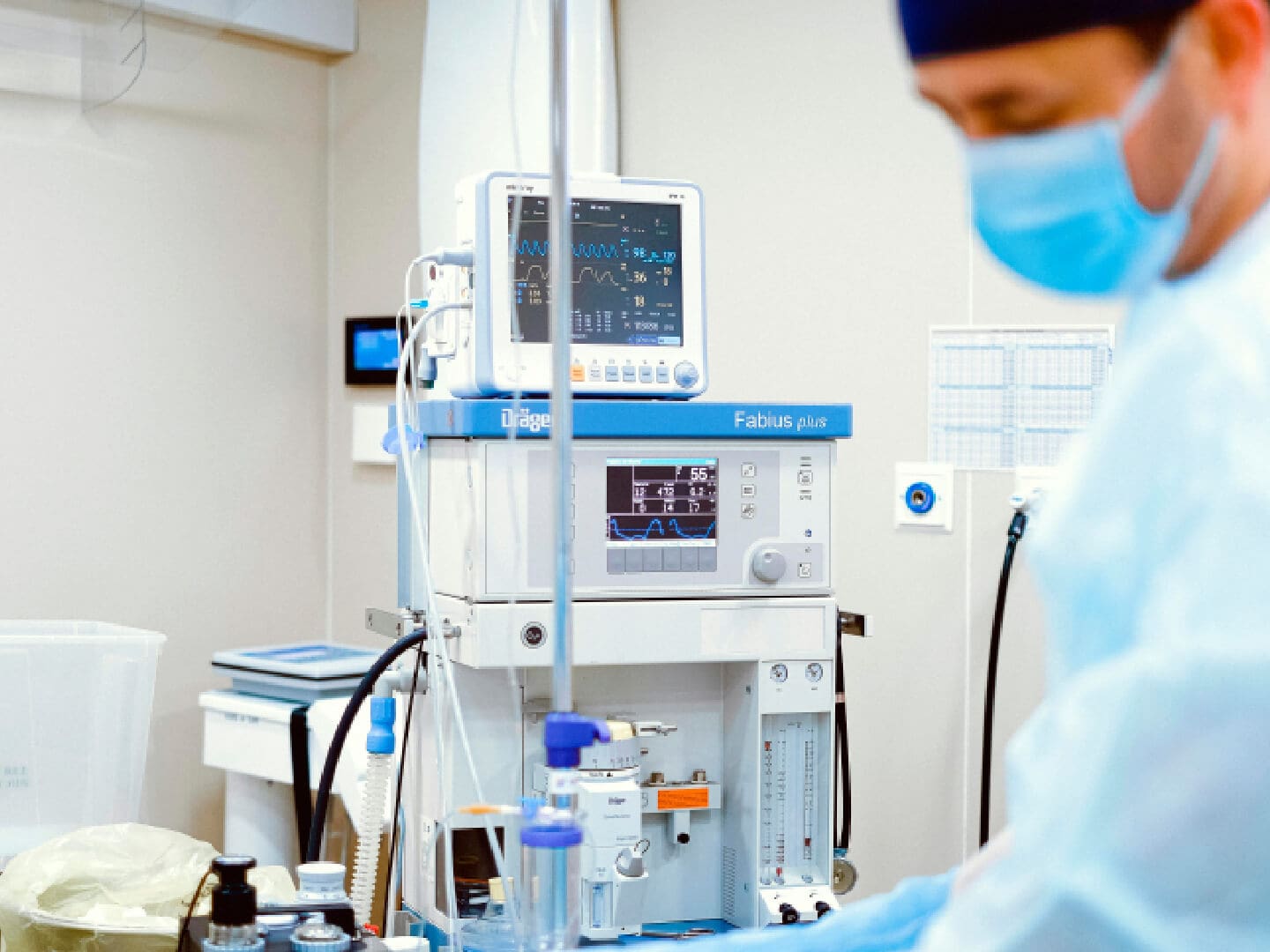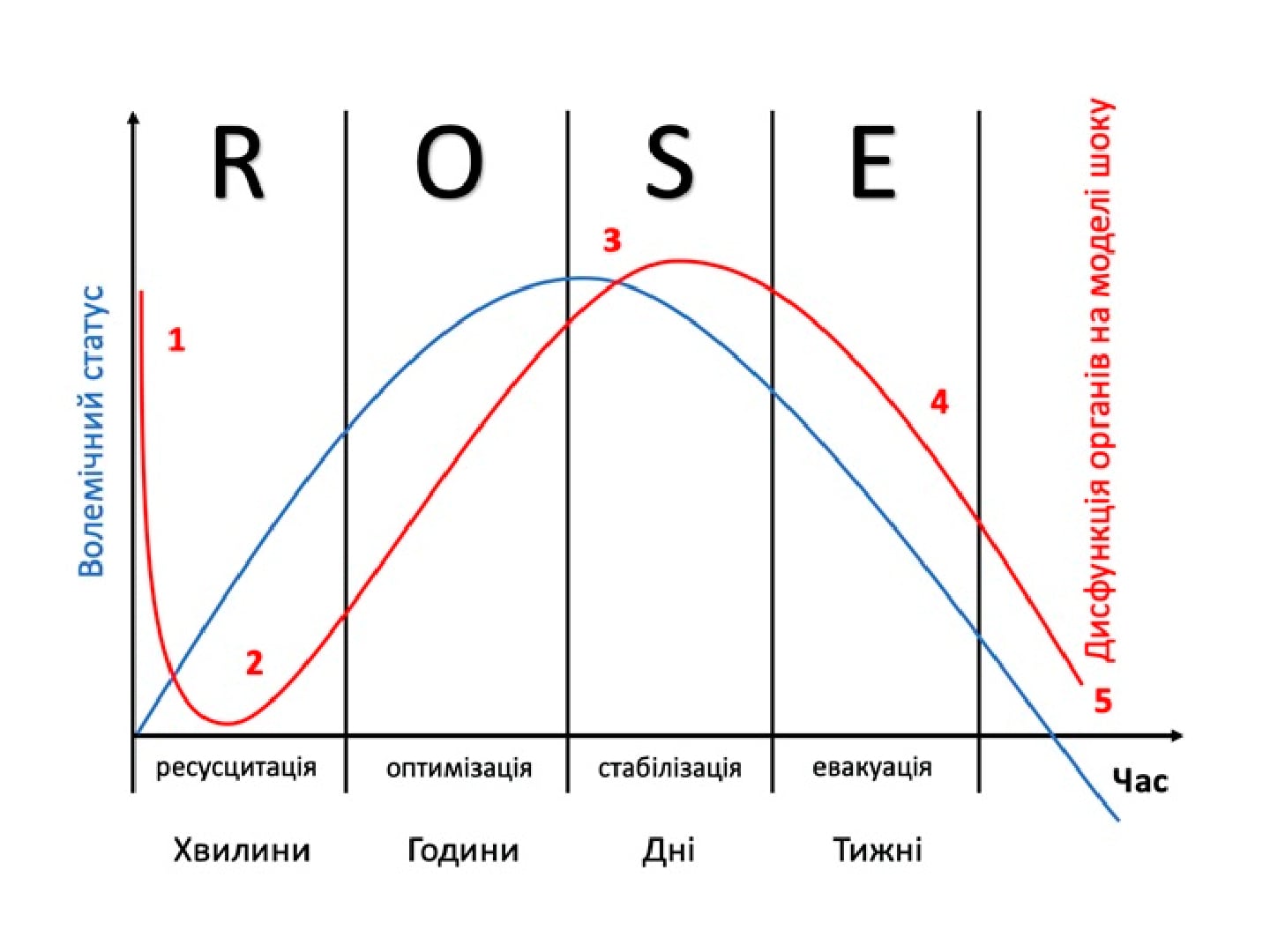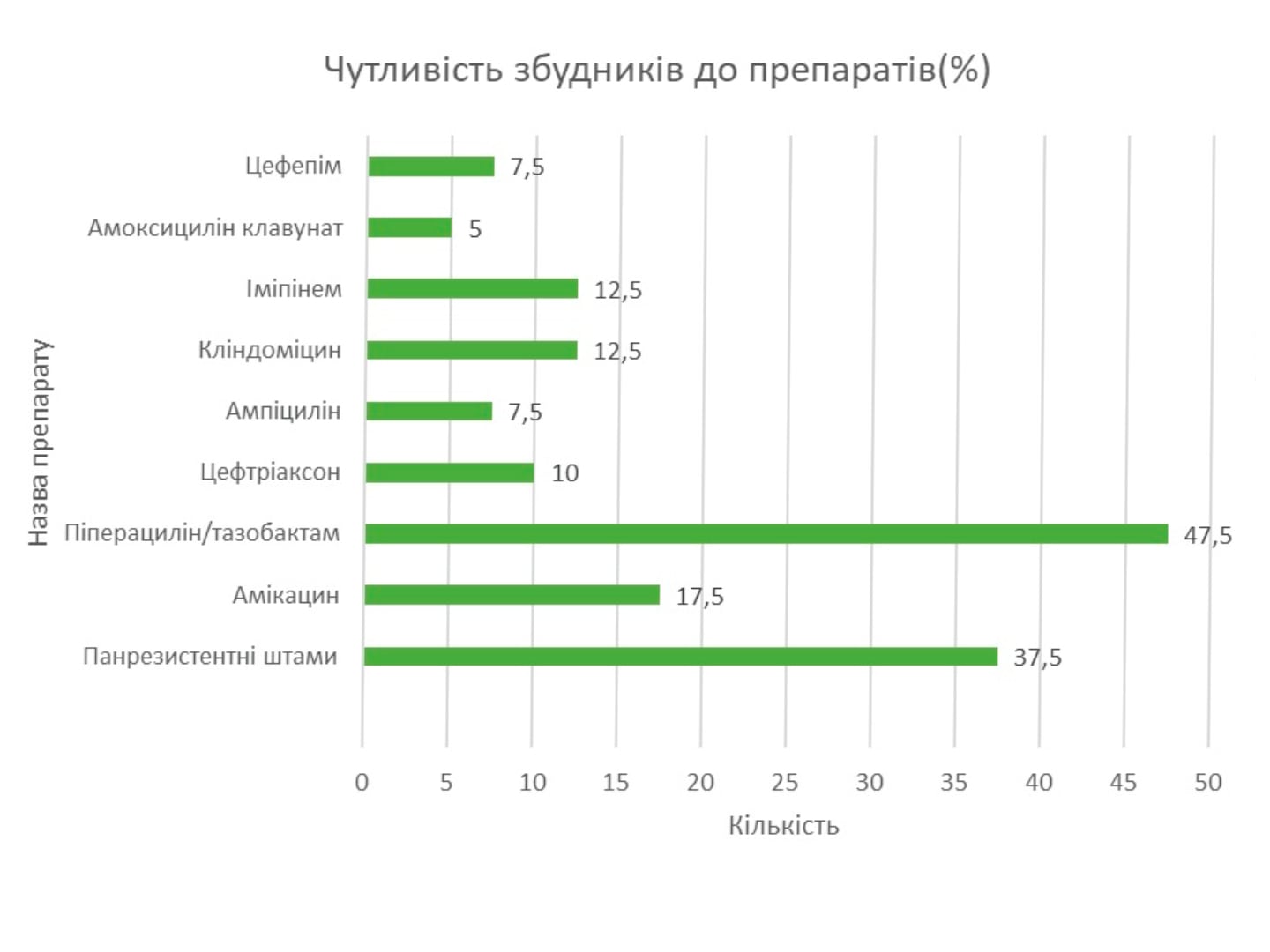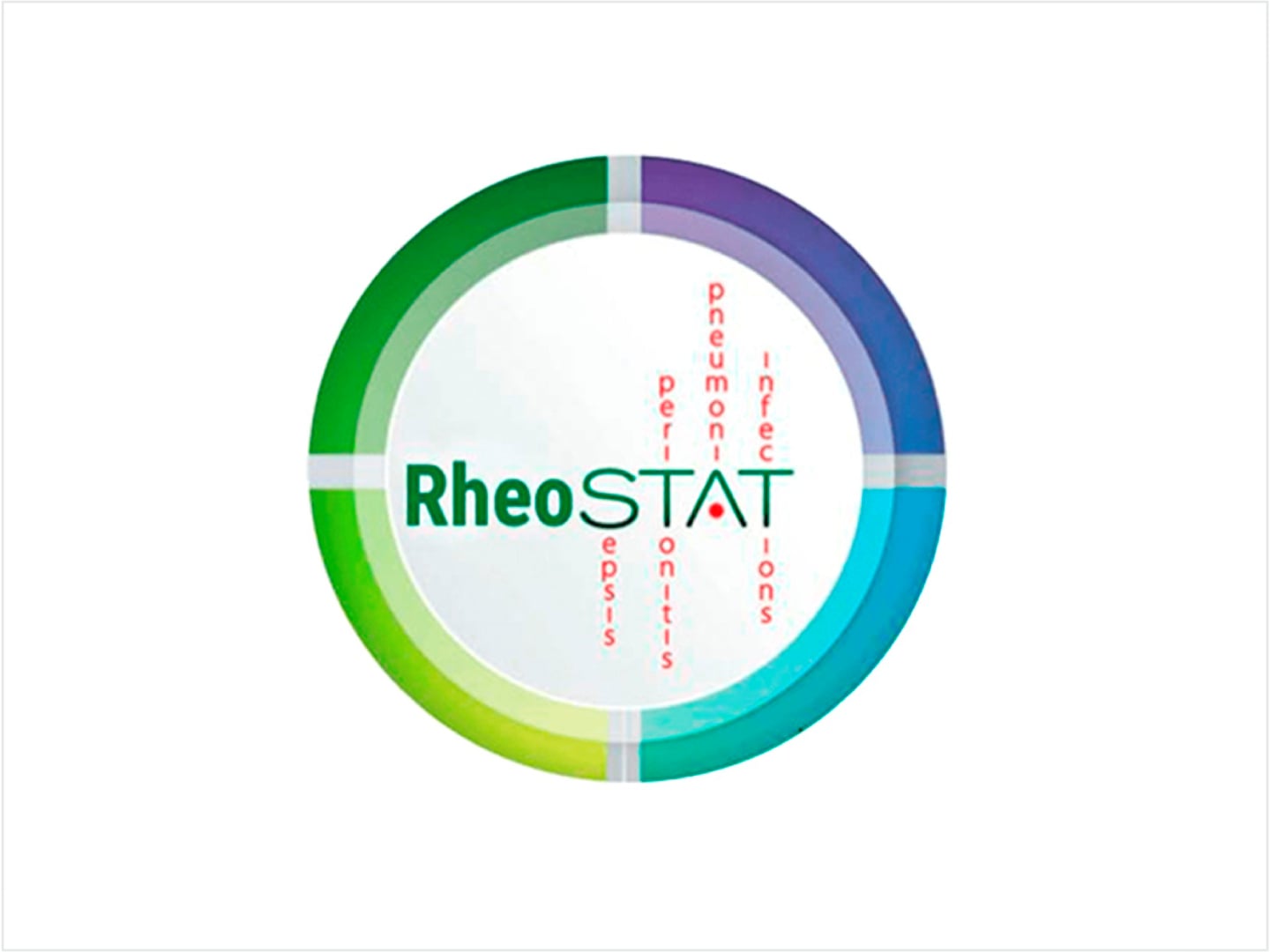Pharmacokinetics and pharmacodynamics of propofol and dexmedetomidine during elective procedural sedations and characteristics of their combination
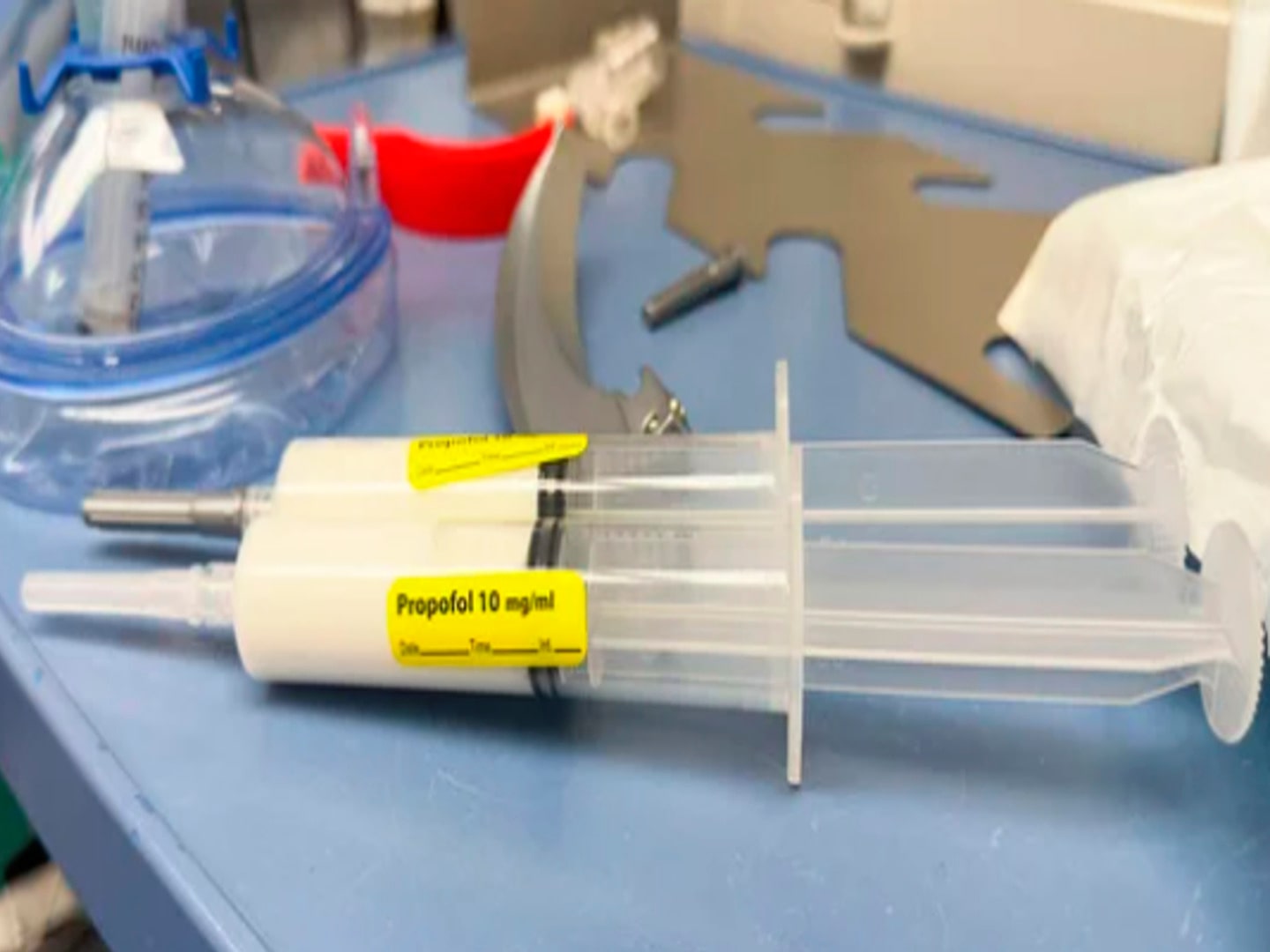
Summary. In the previous publication, we outlined the general principles of procedural sedation (PS), the depth of suppression of consciousness and spontaneous motor activity, the minimum quantity of patients’ pre-procedural examinations and the aspects of informed consent obtaining. The principles of vital signs monitoring, patients’ immobilisation, and the detection and treatment of adverse events have been described. A key aspect of the PS is the readiness to ensure patency of the airways and oxygenation at least one level deeper than the existing level of the PS.
In this publication, attention is focused on the pharmacokinetics and pharmacodynamics of propofol and dexmedetomidine – the main drugs for elective PS and on the combination between them. In a future publication, we plan to characterize other key medications for PS, such as midazolam, ketamine, thiopental, and fentanyl.
Propofol is a short-track anaesthesia drug, and it was the most widely distributed in the 21st century because after its use patients quickly and fully regain consciousness. At the same time, in order to achieve the necessary deep level of sedation and prevent unintended movements of the patient, it is often required to use high doses of propofol that can cause clinically significant suppression of the patency of the upper respiratory airways, depth of breathing, and hemodynamics.
Therefore, in this publication, we promote the implementation of multimodal sedation and analgesia with the use of moderate doses of several drugs, which allows a significant reduction in the dose of propofol and thus increase the safety of PS. Dexmedetomidine has both sedative and analgesic properties with a minimal effect on the patency of the upper airways and the depth of breathing, thus is the best drug to combine with propofol in PS.
In children, intranasal administration of dexmedetomidine and midazolam is an important alternative method of premedication, which provides a gentle entry into sedation and prevents the child’s stress reactions to the placement of a venous catheter. Although the use of dexmedetomidine in children’s practice is still “off-label” and outside the indications approved by the FDA in this publication we provide evidence to justify its safety and effectiveness of its usage in pediatric PS.
Keywords: procedural sedation, propofol, dexmedetomidine, pharmacokinetics, pharmacodynamics, induction in sedation, maintenance of sedation, analgesia, respiratory depression.
Literature:
- Practice Guidelines for Moderate Procedural Sedation and Analgesia 2018. A Report by the American Society of Anesthesiologists Task Force on Moderate Procedural Sedation and Analgesia, the American Association of Oral and Maxillofacial Surgeons, American College of Radiology, American Dental Association, American Society of Dentist Anesthesiologists, and Society of Interventional Radiology. Anesthesiology. 2018; 128(3):437-479.
- Takizawa D, Hiraoka H, Goto F, et al. Human kidneys play an important role in the elimination of propofol. Anesthesiology. 2005;102(2):327-30.
- Lichtenbelt BJ, Olofsen E, Dahan A, et al. Propofol reduces the distribution and clearance of midazolam. Anesth Analg. 2010;110(6):1597-606.
- Ruesch D, Neumann E, Wulf H, Forman SA. An allosteric coagonist model for propofol effects on α1β2γ2L γ-aminobutyric acid type A receptors. Anesthesiology. 2012;116(1):47-55.
- Miner JR, Burton JH. Clinical practice advisory: Emergency department procedural sedationwith propofol. Ann Emerg Med 2007; 50:182.
- Rigby-Jones AE, Sneyd JR. Propofol and children – what we know and what we do not know. Paediatr Anaesth. 2011;21(3):247-54.
- Vuyk J, Mertens MJ, Olofsen E, et al. Propofol anesthesia and rational opioid selection: determination of optimal EC50-EC95 propofol-opioid concentrations that assure adequate anesthesia and a rapid return of consciousness. Anesthesiology. 1997;87(6):1549-62.
- Kaisti KK, Metsähonkala L, Teräs M, et al. Effects of surgical levels of propofol and sevoflurane anesthesia on cerebral blood flow in healthy subjects studied with positron emission tomography. Anesthesiology. 2002;96(6):1358-70.
- Jalota L, Kalira V, George E, et al. Prevention of pain on injection of propofol: systematicreview and meta-analysis. BMJ 2011; 342:d1110.
- Irwin MG, Chung CKE, Ip KY, Wiles MD. Influence of propofol-based total intravenous anaesthesia on peri-operative outcome measures: a narrative review. Anaesthesia 2020; 75 Suppl 1:e90.
- Dahan A, Nieuwenhuijs DJ, Olofsen E. Influence of propofol on the control of breathing. Adv Exp Med Biol. 2003;523:81-92.
- Nieuwenhuijs DJ, Olofsen E, Romberg RR, et al. Response surface modeling of remifentanil-propofol interaction on cardiorespiratory control and bispectral index. Anesthesiology. 2003;98(2):312-22.
- Jonsson MM, Lindahl SG, Eriksson LI. Effect of propofol on carotid body chemosensitivity and cholinergic chemotransduction. Anesthesiology. 2005;102(1):110-6.
- Goodman NW, Black AM, Carter JA. Some ventilatory effects of propofol as sole anaesthetic agent. Br J Anaesth. 1987; 59(12):1497-503.
- Zucker M, Kagan G, Adi N, et al. Changes in mean systemic filling pressure as an estimate of hemodynamic response to anesthesia induction using propofol. BMC Anesthesiol. 2022; 22;22(1):234.
- de Wit F, van Vliet AL, de Wilde RB, et al. The effect of propofol on haemodynamics: cardiac output, venous return, mean systemic filling pressure, and vascular resistances. Br J Anaesth. 2016;116(6):784-9.
- Lichtenbelt BJ, Olofsen E, Dahan A, et al. Propofol reduces the distribution and clearance of midazolam. Anesth Analg. 2010;110(6):1597-606.
- Fodale V, La Monaca E. Propofol infusion syndrome: an overview of a perplexing disease. Drug Saf. 2008;31(4):293-303.
- Pesić V, Milanović D, Tanić N, et al. Potential mechanism of cell death in the developing rat brain induced by propofol anesthesia. Int J Dev Neurosci. 2009;27(3):279-87.
- Cattano D, Young C, Straiko MM, Olney JW. Subanesthetic doses of propofol induce neuroapoptosis in the infant mouse brain. Anesth Analg. 2008;106(6):1712-4.
- Olutoye OA, Baker BW, Belfort MA, Olutoye OO. Food and Drug Administration warning on anesthesia and brain development: implications for obstetric and fetal surgery. Am J Obstet Gynecol. 2018 Jan;218(1):98-102.
- Malhotra A, Yosh E, Xiong M. Propofol’s Effects on the Fetal Brain for Non-Obstetric Surgery. Brain Sci. 2017 Aug 18;7(8):107.
- Glass PS, Bloom M, Kearse L, et al. Bispectral analysis measures sedation and memory effects of propofol, midazolam, isoflurane, and alfentanil in healthy volunteers. Anesthesiology. 1997;86(4):836-47.
- San-juan D, Chiappa KH, Cole AJ. Propofol and the electroencephalogram. Clin Neurophysiol. 2010;121(7):998-1006.
- Gerlach AT, Dasta JF. Dexmedetomidine: an updated review. Ann Pharmacother. 2007;41(2):245-52.
- Tobias JD. Dexmedetomidine: applications in pediatric critical care and pediatric anesthesiology. Pediatr Crit Care Med. 2007;8(2):115-31.
- Iirola T, Vilo S, Manner T, et al. Bioavailability of dexmedetomidine after intranasal administration. Eur J Clin Pharmacol. 2011;67(8):825-31.
- Yoo H, Iirola T, Vilo S, et al. Mechanism-based population pharmacokinetic and pharmacodynamic modeling of intravenous and intranasal dexmedetomidine in healthy subjects. Eur J Clin Pharmacol. 2015;71:1197–207.
- Ebert TJ, Hall JE, Barney JA, et al. The effects of increasing plasma concentrations of dexmedetomidine in humans. Anesthesiology. 2000;93:382–94.
- Weerink MAS, Struys MMRF, Hannivoort LN, et al. Clinical Pharmacokinetics and Pharmacodynamics of Dexmedetomidine. Clin Pharmacokinet. 2017;56(8):893-913.
- Wang L, Wang S, Qi J, et al. Impact of CYP2A6 gene polymorphism on the pharmacokinetics of dexmedetomidine for premedication. Expert Rev Clin Pharmacol. 2018;11(9):917-922.
- Venn RM, Karol MD, Grounds RM. Pharmacokinetics of dexmedetomidine infusions for sedation of postoperative patients requiring intensive care. Br J Anaesth. 2002;88(5):669-75.
- Ebert TJ, Hall JE, Barney JA, et al. The effects of increasing plasma concentrations of dexmedetomidine in humans. Anesthesiology. 2000;93:382–94.
- Wang DS, Kaneshwaran K, Lei G, et al. Dexmedetomidine Prevents Excessive γ-Aminobutyric Acid Type A Receptor Function after Anesthesia. Anesthesiology. 2018;129(3):477-489.
- Angst MS, Ramaswamy B, Davies MF, Maze M. Comparative analgesic and mental effects of increasing plasma concentrations of dexmedetomidine and alfentanil in humans. Anesthesiology. 2004;101(3):744-52.
- Vuyk J, Sitsen E, Reekers M. Intravenous anesthetics. In: Miller RD, Cohen NH, Eriksson LI, et al., editors. Miller’s anesthesia. 8th ed. Amsterdam: Elsevier; 2015. p. 854–9.
- Marhofer D, Kettner SC, Marhofer P, et al. Dexmedetomidine as an adjuvant to ropivacaine prolongs peripheral nerve block: a volunteer study. Br J Anaesth. 2013;110(3):438-42.
- Минка Н.В., Кобеляцький Ю.Ю. Досвід використання дексмедетомідину в якості ад’юванту анестезіологічного забезпечення в офтальмохірургії. Медичні перспективи. 2021. Т. 26, № 1. С. 128-135.
- Xi C, Sun S, Pan C, et al. Different effects of propofol and dexmedetomidine sedation on electroencephalogram patterns: Wakefulness, moderate sedation, deep sedation and recovery. PLoS One. 2018; 13(6):e0199120. doi:10.1371/journal.pone.0199120.
- Talke P, Stapelfeldt C, Garcia P. Dexmedetomidine does not reduce epileptiform discharges in adults with epilepsy. J Neurosurg Anesthesiol. 2007;19(3):195-9.
- Kitajima Y, Hashizume NS, Saiki C, et al. Effect of dexmedetomidine on cardiorespiratory regulation in spontaneously breathing adult rats. PLoS One. 2022;17(1):e0262263. Published 2022 Jan 14. doi:10.1371/journal.pone.0262263.
- Lee SH, Choi YS, Hong GR, Oh YJ. Echocardiographic evaluation of the effects of dexmedetomidine on cardiac function during total intravenous anaesthesia. Anaesthesia. 2015;70:1052–9.
- Weerink MAS, Struys MMRF, Hannivoort LN, et al. Clinical Pharmacokinetics and Pharmacodynamics of Dexmedetomidine. Clin Pharmacokinet. 2017;56(8):893-913.
- Drummond JC, Dao AV, Roth DM, et al. Effect of dexmedetomidine on cerebral blood flow velocity, cerebral metabolic rate, and carbon dioxide response in normal humans. Anesthesiology. 2008;108(2):225-32.
- Kitajima Y, Hashizume NS, Saiki C, et al. Effect of dexmedetomidine on cardiorespiratory regulation in spontaneously breathing adult rats. PLoS One. 2022;17(1):e0262263. Published 2022 Jan 14. doi:10.1371/journal.pone.0262263.
- Hsu YW, Cortinez LI, Robertson KM, et al. Dexmedetomidine pharmacodynamics: part I: crossover comparison of the respiratory effects of dexmedetomidine and remifentanil in healthy volunteers. Anesthesiology. 2004;101(5):1066-76.
- Lodenius A, Ebberyd A, Ha°rdemark Cedborg A, et al. Sedation with dexmedetomidine or propofol impairs hypoxic control of breathing in healthy male volunteers: a nonblinded, randomized crossover study. Anesthesiology. 2016;125:700–15.
- Ho AM-H. Central apnoea after balanced general anaesthesia that included dexmedetomidine. Br J Anaesth. 2005;95:773–5.
- Maroof M, Khan RM, Jain D, Ashraf M. Dexmedetomidine is a useful adjunct for awake intubation. Can J Anaesth. 2005;52(7):776-7.
- Loomba RS, Villarreal EG, Dhargalkar J, et al. The effect of dexmedetomidine on renal function after surgery: A systematic review and meta-analysis. J Clin Pharm Ther. 2022;47(3):287-297.
- Wu XH, Cui F, Zhang C, et al. Low-dose dexmedetomidine improves sleep quality pattern in elderly patients after noncardiac surgery in the intensive care unit: a pilot randomized controlled trial. Anesthesiology. 2016;125:979–991.
- Su X, Meng ZT, Wu XH, et al. Dexmedetomidine for prevention of delirium in elderly patients after non-cardiac surgery: a randomised, double-blind, placebo-controlled trial. Lancet. 2016;388:1893–1902.
- Yao Y, Sun Y, Lin J, et al. Intranasal dexmedetomidine versus oral midazolam premedication to prevent emergence delirium in children undergoing strabismus surgery: A randomised controlled trial. Eur J Anaesthesiol. 2020 Dec;37(12):1143-1149.
- Li A, Yuen VM, Goulay-Dufaÿ S, et al. Pharmacokinetic and pharmacodynamic study of intranasal and intravenous dexmedetomidine. Br J Anaesth. 2018;120:960–968.
- Iirola T, Vilo S, Manner T, et al. Bioavailability of dexmedetomidine after intranasal administration. Eur J Clin Pharmacol. 2011;67(8):825-31. Yoo H, 2015;71:1197–207.
- Liu H-C, Lian Q-Q, Wu F-F, et al. Population pharmacokinetics of dexmedetomidine after short intravenous infusion in Chinese children. Eur J Drug Metab Pharmacokinet. 2016.
- Potts AL, Anderson BJ, Warman GR, et al. Dexmedetomidine pharmacokinetics in pediatric intensive care: a pooled analysis. Paediatr Anaesth. 2009;19:1119–29.
- Mason KP, Robinson F, Fontaine P, Prescilla R. Dexmedetomidine offers an option for safe and effective sedation for nuclear medicine imaging in children. Radiology. 2013;267:911–7.
- Mekitarian Filho E, Robinson F, de Carvalho WB, et al. Intranasal dexmedetomidine for sedation for pediatric computed tomography imaging. J Pediatr. 2015;166(1313–15):e1.
- Potts AL, Anderson BJ, Warman GR, et al. Dexmedetomidine pharmacokinetics in pediatric intensive care: a pooled analysis. Paediatr Anaesth. 2009;19:1119–29.
- Ni J, Wei J, Yao Y, et al. Effect of dexmedetomidine on preventing postoperative agitation in children: a meta-analysis. PLoS One. 2015;10(5):e0128450.
- Hannivoort LN, Eleveld DJ, Proost JH, et al. Development of an optimized pharmacokinetic model of dexmedetomidine using target-controlled infusion in healthy volunteers. Anesthesiology. 2015;123:357–67.
- Potts AL, Anderson BJ, Warman GR, et al. Dexmedetomidine pharmacokinetics in pediatric intensive care: a pooled analysis. Paediatr Anaesth. 2009;19:1119–29.

